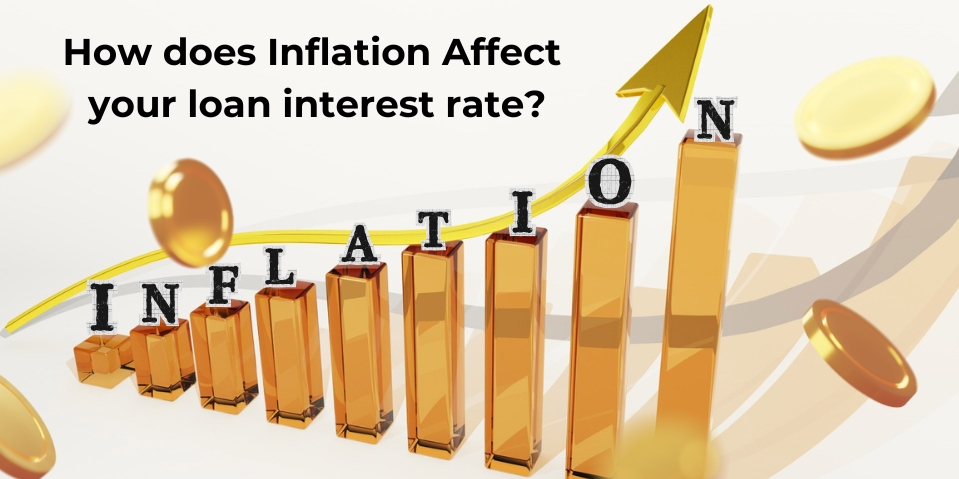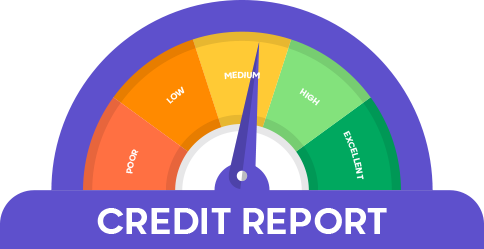How Inflation Affects Loan Interest Rates in 2025
Date: 12-02-2025

Introduction
Inflation plays a crucial role in determining loan interest rates. As inflation rises, the cost of borrowing increases, making loans more expensive. Understanding this connection helps borrowers make informed financial decisions.
In this guide, you'll discover:
- The impact of inflation on loan interest rates
- How the Reserve Bank of India (RBI) manages inflation
- The effects on home loans, personal loans, and EMIs
- Practical strategies to handle loans during inflation
What is Inflation, and How Does It Affect Loans?
Inflation refers to the general rise in prices of goods and services over time, reducing the purchasing power of money. This impacts interest rates on loans in two key ways:
1. Low Inflation Scenario:
- Interest rates remain stable
- Borrowing costs are lower
2. High Inflation Scenario:
- Lenders increase interest rates to compensate for the declining value of money
- Loans become expensive, leading to reduced borrowing
Example: Inflation & Loan Interest Rates
A local bank offers low-interest loans, encouraging people to borrow and spend more. This increases demand for goods, causing prices to rise. In response, the RBI raises interest rates, making borrowing costlier to control inflation.
How RBI Regulates Inflation & Loan Interest Rates
The Reserve Bank of India (RBI) plays a critical role in stabilizing inflation by adjusting monetary policies. Here’s how:
1. Increasing the Repo Rate
What is Repo Rate? The rate at which banks borrow money from the RBI.
Impact: Higher repo rates lead to increased loan interest rates.
2. Raising the Cash Reserve Ratio (CRR)
What is CRR? The percentage of a bank's deposits held as reserves with the RBI.
Impact: Less money available for lending, reducing loan disbursement.
3. Open Market Operations (OMO)
What is OMO? RBI buys or sells government securities to manage liquidity.
Impact: Selling securities reduces cash in circulation, increasing interest rates.
Key Factors Driving Inflation in 2025
Inflation rates depend on multiple global and domestic factors. The major drivers include:
- Geopolitical Conflicts: Disruptions in global trade increase commodity prices.
- Supply Chain Issues: Post-pandemic recovery delays in manufacturing and logistics.
- Climate Impact: Extreme weather conditions affecting food production.
- Rising Consumer Demand: Increased spending pushes up prices, contributing to inflation.
Conclusion
Inflation directly affects loan interest rates, impacting both borrowers and the economy. By understanding RBI’s role in controlling inflation, the factors influencing inflation, and strategies to manage loans, you can make informed financial decisions.
Pro Tip: Before taking a loan, compare fixed vs. floating interest rates and analyze market trends to ensure better financial stability.
